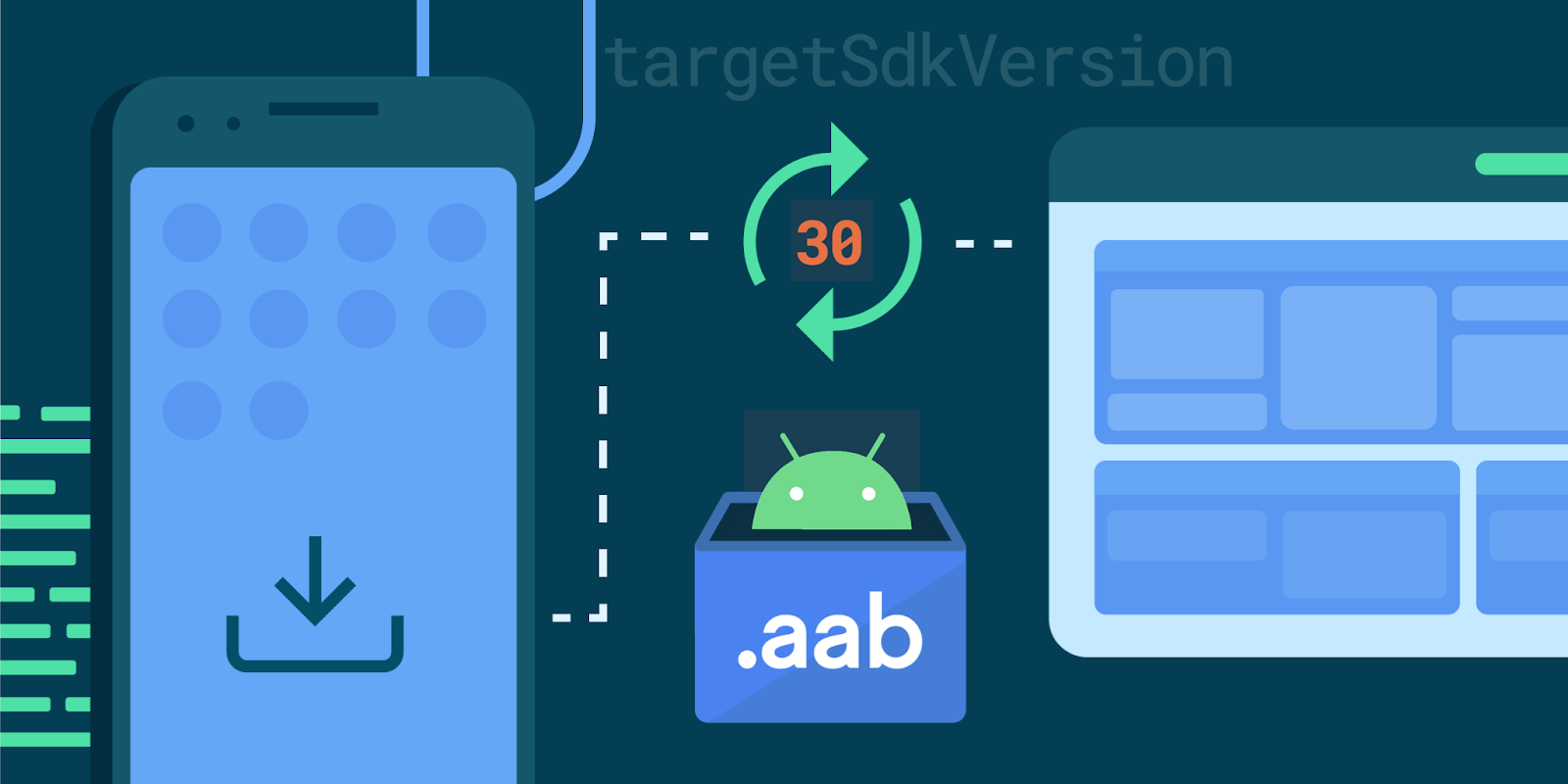 ☰
🔍
☰
🔍

13 May 2025
Posted by Matthew McCullough – Vice President, Product Management, Android Developer We just dropped an I/O Edition of The Android Sh...

17 September 2021
Posted by Peter Visontay, Software Engineer; Bessie Jiang, Software Engineer Contributors: Inara Ramji, Software Engineer; Rodrigo Farel...

11 February 2021
Posted by Hoi Lam , Android App Quality Since the launch of Android more than 10 years ago, the platform and the user’s expe...

19 November 2020
Posted by Hoi Lam , Developer Relations Engineer, Android Platform In 2021, we are continuing with our annual target API level up...

29 June 2020
Posted by: Charmaine D’Silva, Product Lead, Android Privacy and Framework Narayan Kamath, Engineering Lead, Android Privacy and Framewor...

11 February 2020
Posted by Andrew Ahn, Product Manager, Google Play + Android App Safety Google Play connects users with great digital experiences t...

02 December 2019
Posted by Bram Bonné, Senior Software Engineer, Android Platform Security & Chad Brubaker, Staff Software Engineer, Android Platform ...

06 September 2019
Posted by Rob Barnes & Shawn Willden, Android Security & Privacy Team Billions of people rely on their Android-powered devic...

29 August 2019
Posted by Adam Bacchus, Sebastian Porst, and Patrick Mutchler — Android Security & Privacy We’re constantly looking for wa...

09 May 2019
Posted by Rene Mayrhofer and Xiaowen Xin, Android Security & Privacy Team With every new version of Android, one of our top prio...

09 May 2019
Posted by Jeff Vander Stoep, Android Security & Privacy Team and Chong Zhang, Android Media Team Android Q Beta versions are now...